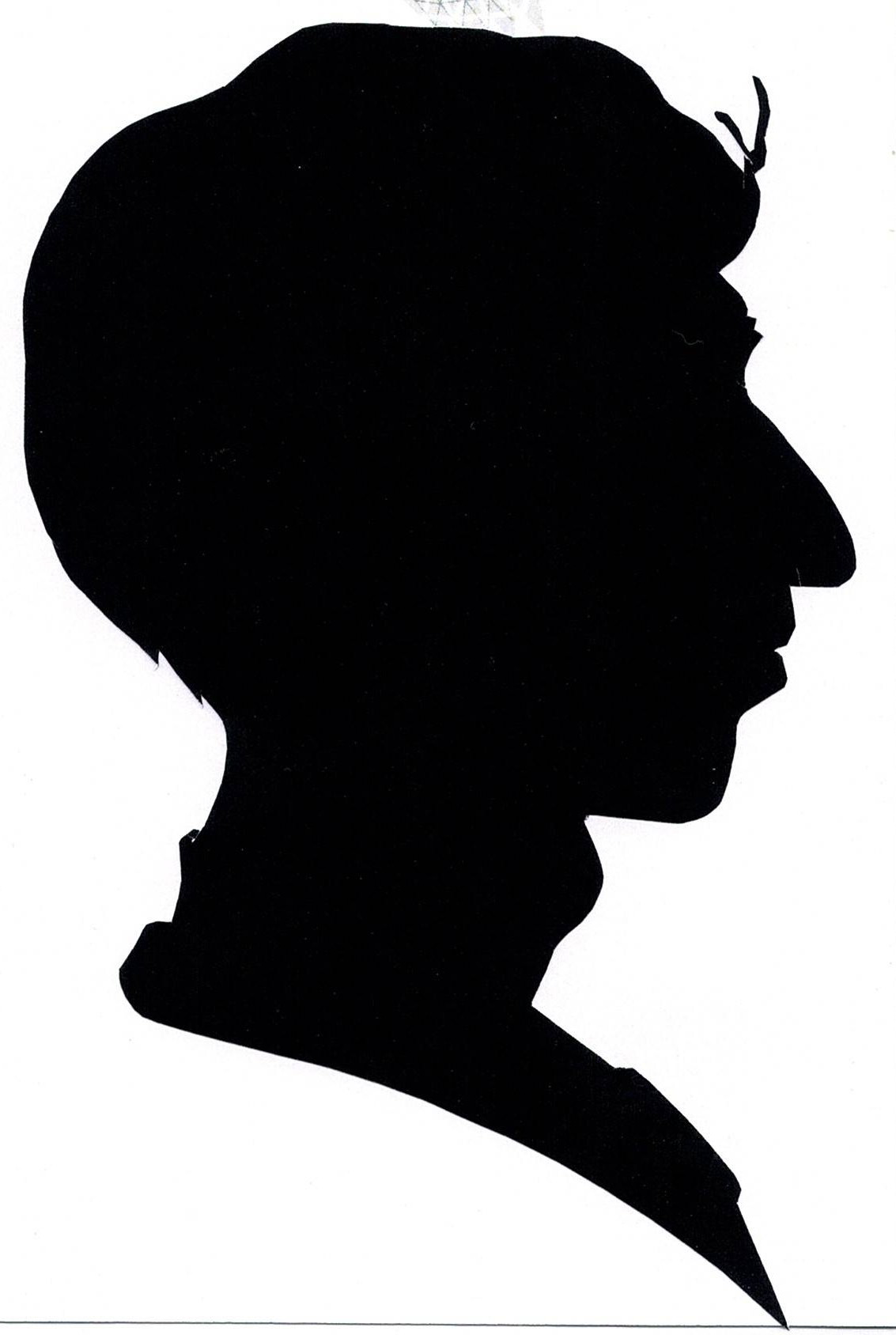Description
Background: Return to pre-injury levels of performance (RTP) is the main goal after anterior cruciate ligament reconstruction (ACL-R) for athletes. Although outcomes after ACL-R have been well-studied in general populations, the associated factors of RTP after ACL-R have been little investigated in high-level athletes. This study aims to elucidate the factors for RTP and subsequent ACL injury after ACL-R in high-level athletes.
Methods: High-level athletes who had pre-injury Tegner activity levels of 9 or more and underwent primary ACL-R using bone-patellar tendon-bone (BPTB) or hamstring (HT) autograft by a single surgeon from 2005 to 2018 were included for review. Patients were evaluated through the recording of meniscal and cartilage injury, graft selection, anteroposterior laxity measured by KT-1000 (KT value), pre-injury and post-operative Tegner activity levels, time of RTP, and subsequent ACL injury at a minimum of 24 months after ACL-R. Comparing the pre-injury and post-operative Tegner activity levels, RTP was defined as a return to the pre-injury-defined sport and performing at or above the pre-injury level at some time during follow-up or final follow-up. To investigate the association of age, gender, meniscal and cartilage injury, and graft (BPTB vs HT) with RTP, ACL graft rupture, and ACL injury in the contralateral knee, a fixed-effect multivariate logistic regression analysis was conducted.
Results: There were 264 patients who were high-level athletes with pre-injury Tegner activity levels of nine or more and underwent ACL-R by a single surgeon from 2005 to 2018. Forty-nine patients with a history of surgery or other knee injuries and 21 patients with multiple knee ligament injury were excluded. Thirty-seven patients were lost to follow-up for at least 24 months after ACL-R. Finally, the remaining 157 patients were enrolled in the current study. One-hundred and fifty-seven patients (84 males and 73 females) with an average age of 17.1 years old were enrolled. The average KT value was 1.3mm. The average pre-injury and post-operative Tegner activity levels were 9 and 8.1, respectively. Ninety-nine patients (63.1%) were able to RTP while 50 patients (31.8%) returned to recreational sports. The average time of RTP after ACL-R was 10.0 months. Twenty-three (14.6%) and 21 patients (13.4%) had ACL graft ruptures and ACL injuries in the contralateral knees, respectively. Multivariate analyses showed that BPTB autograft (odds ratio [OR], 2.590; 95% CI, 1.300-5.160; P=0.007) was significantly associated with RTP after ACL-R. The incidence of ACL graft rupture after ACL-R decreased with BPTB autograft (OR, 0.246; 95% CI, 0.076-0.791; P =0.019). The incidence of ACL injury in the contralateral knee after ACL-R decreased with older age (OR, 0.744; 95% CI, 0.561-0.988; P =0.041).
Conclusions: In high-level athletes, 63.1% of patients were able to RTP. The use of BPTB autograft increased the rate of RTP and reduced the incidence of ACL graft rupture after ACL-R.




